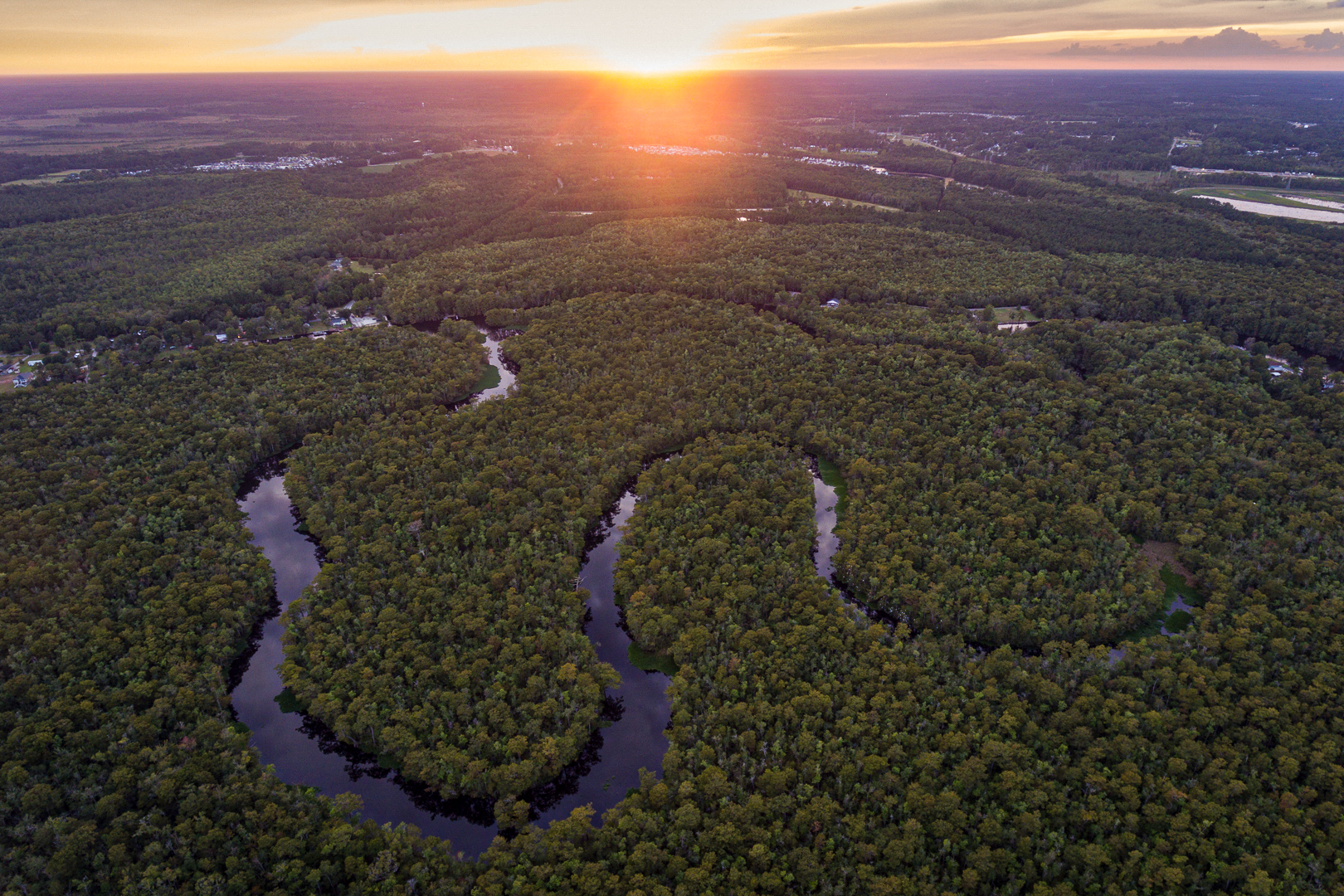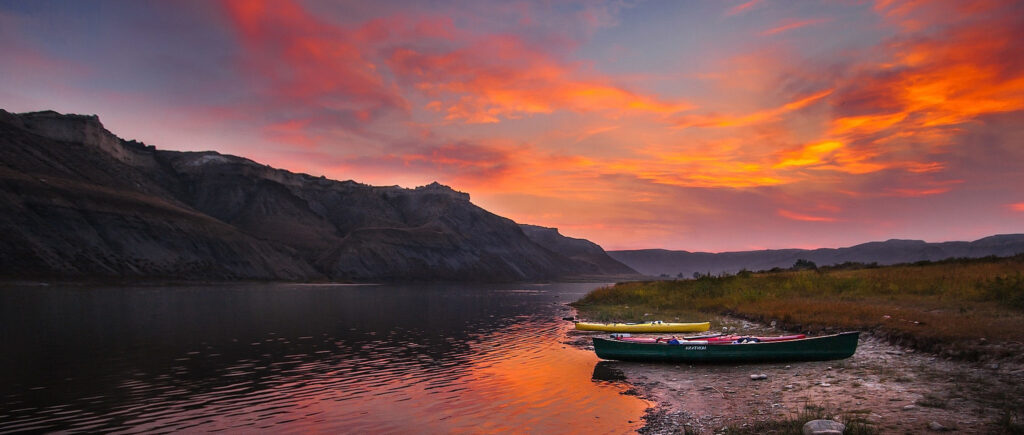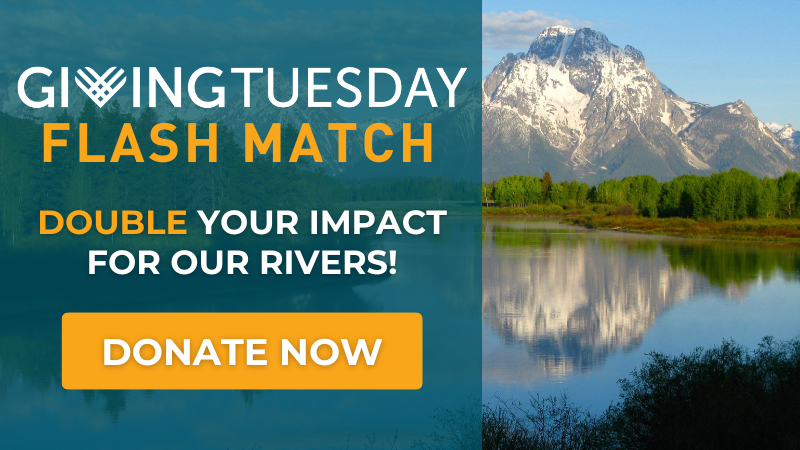River Protection


Rivers Are Essential to Life
-
2/3
of Americans depend on rivers for drinking water
-
Rivers hold cultural significance to Indigenous People
-
Rivers support incredible biodiversity but are home to the highest concentration of threatened species on the planet
-
Rivers offer the closest natural areas for most Americans
WHAT DOES RIVER PROTECTION MEAN TO YOU?
For American Rivers it means:
✔️ Expanding our work to defend threatened rivers
✔️ Dramatically scaling permanent protection for rivers essential for climate resilience and biodiversity
✔️ Developing strategies to increase equitable access to nearby nature
✔️ Supporting Indigenous People and tribal-led protection efforts

American Rivers will accomplish these goals by:
-
Protecting 1,000,000 miles of free-flowing rivers by 2030
-
Deepening partnerships with Indigenous people and Tribes to protect rivers
-
Increasing protection and access to free-flowing rivers close to where most people live, working with communities of color
Public Lands and Public Waters
Our public lands are home to hundreds of thousands of miles of rivers that together serve as the source of clean drinking water for more residents of the United States than any other, and are the lifeblood of ecosystems and wildlife in the United States. We aim to significantly expand needed permanent protections for rivers through new designations and improved public land management, preserving the benefits our public waters provide us all.
Protecting Nearby Nature
Americans living in urban areas, especially communities of color, are experiencing a nature deficit that is acutely connected to their lack of safe access to rivers or riverside protected areas. This disparity is both inequitable and has real-world public health impacts on these communities. With the nearest nature to most Americans often being streams and rivers, we seek to address these injustices to help make sure that fewer communities are nature-deprived. We aim to Increase access and protection for rivers close to where most people live, in partnership with communities of color.
American Rivers and the National Park Service joined forces to create the Rivers of Opportunity Initiative, which seeks to engage communities of color in more equitable river protection. As a first step, we developed the Rivers of Opportunity Assessment Tool, which mapped the locations of high value rivers and vulnerable communities to assess opportunities for more equitable protections and improved access to rivers for communities facing climate and economic injustices. We condensed this information in an interactive story map that describes the Rivers of Opportunity Assessment in an easy-to-use web tool. This tool can be used to learn about communities facing climate threats near rivers with outstanding values, engage communities in conversations about how protecting their rivers support their interests, and explore opportunities for collaborative projects that advance equitable river protection.
Indigenous Partnership
We prioritize collaboration with Indigenous and Tribal partners and aim to support their river protection priorities. We will continue to seek guidance from Indigenous People and Tribes, and seek equitable river laws and policies including potential amendments to the Wild and Scenic River Act that support culture, heritage, and treaty rights.

Wild and Scenic Rivers
The National Wild and Scenic Rivers System was created by Congress in 1968 to preserve certain rivers with outstanding natural, cultural, and recreational values in a free-flowing condition for the enjoyment of present and future generations. American Rivers was established with the initial goal of protecting and designating more Wild and Scenic Rivers.


